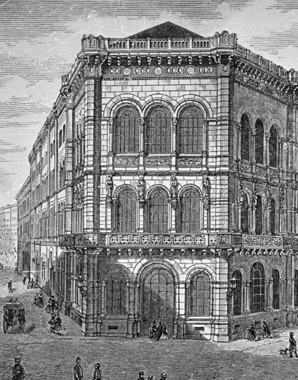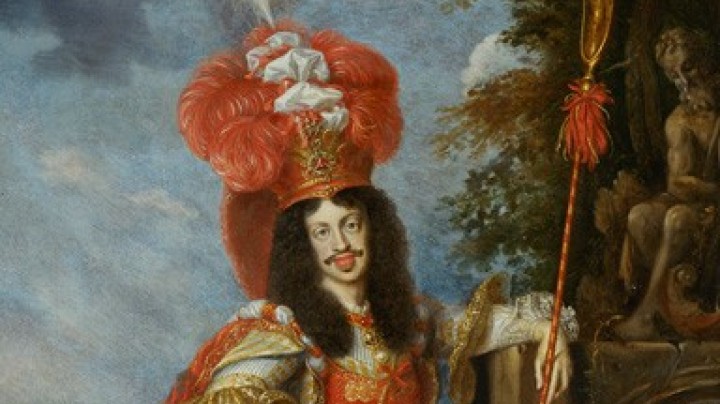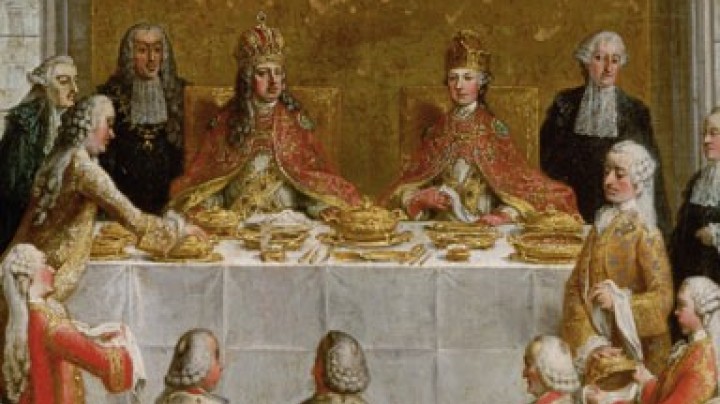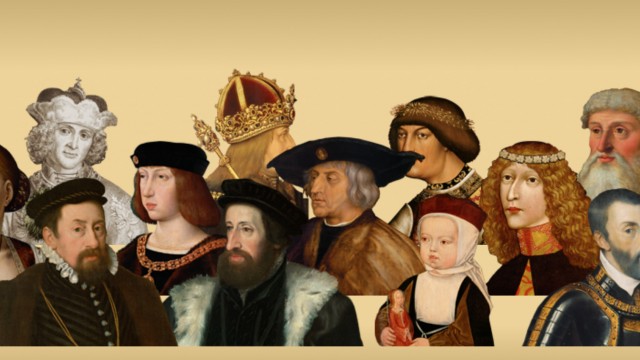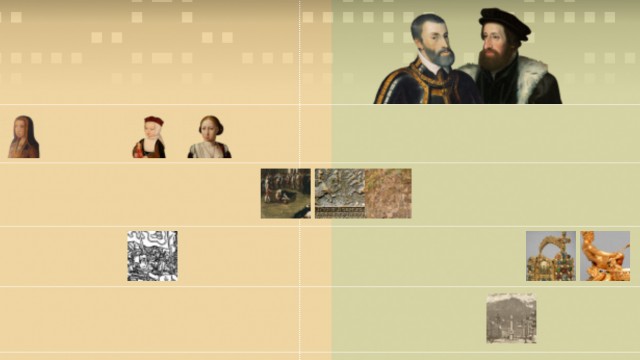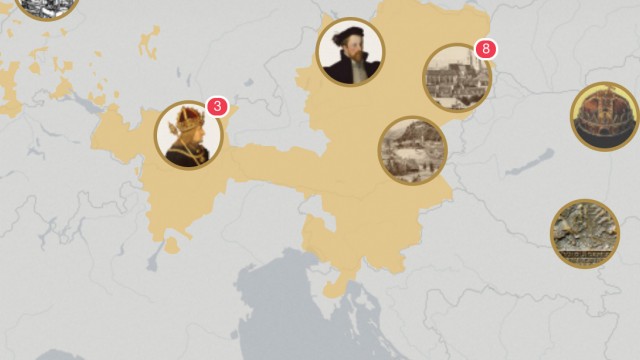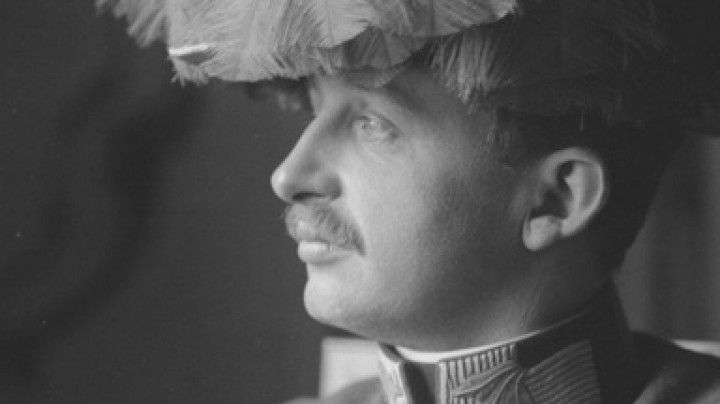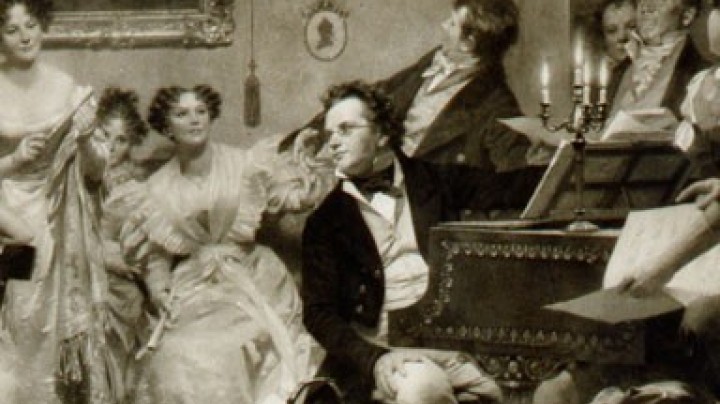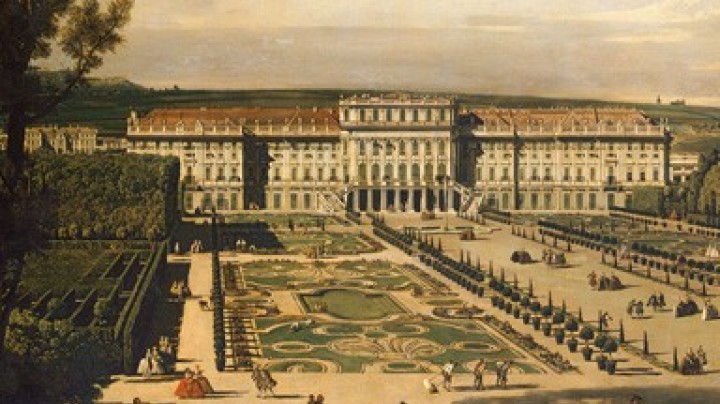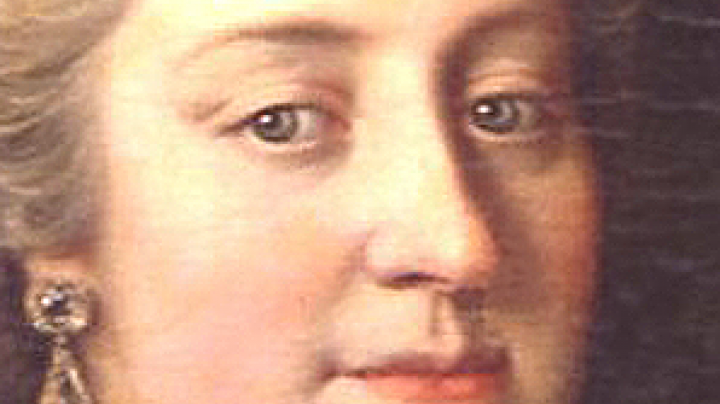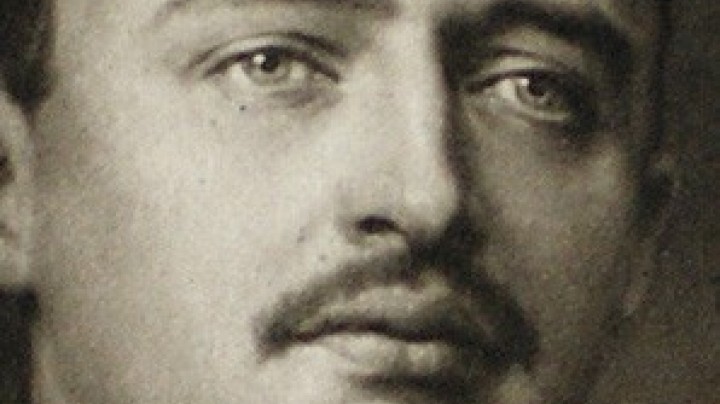Aristocrats with a sweet tooth – How chocolate ‘conquered’ Vienna
Drinking chocolate laced with spices was a ‘must-have’ for the Court and aristocratic society. However, it was a long time before the majority of the population could enjoy their chocolate too.
Quote from Johann Heinrich Zedler’s Universal-Lexicon, 1731-54.Coffee house: a place where tea, coffee and chocloate are prepared and served, as well as brandies, cordials, bottled beers and wines and the like – all at reasonable prices. ... [There are places where the coffee houses] provide cause and opportunity for good conversations of an edifying and learned nature, and for making fine, useful and agreeable acquaintances, as well as for reading or hearing the latest news or otherwise providing benefits and promoting the well-being of oneself and one’s fellow men.
Like many other delicacies, chocolate made from cocoa came from the New World and spread from Spain to the whole of Europe. It was not the finished product that was traded but cocoa beans. In any case, the chocolate of the early modern period had little in common with today’s mass-produced confectionery. It was served as a hot drink; chocolate was not available in the form of bars until the nineteenth century. Up to that time it was regarded as an expensive luxury item and was reserved for the aristocracy and the upper middle-class. It was also a popular beverage at the imperial Court: in 1711 Charles VI brought his Spanish Court, who were used to cocoa, to Vienna with him. Maria Theresa, his daughter, who employed her own chocolate-maker at court, owned twelve chocolate bowls with matching tumblers, two chocolate-pots and six chocolate cups – all made of silver. In the middle of the eighteenth century the imperial Court spent about the same sum on chocolate as on beer, though far less than went on wine and bread. The drink was served, as was usual in aristocratic circles, at breakfast; it was laced with vanilla and cinnamon and served with bread and a glass of water.
While the aristocracy had chocolate prepared and served in their homes, the upper middle-classes frequented the city’s coffee houses. From 1725, when chocolate-makers were granted the status of burghers, they too could buy cocoa and drink it at home. However, unlike the proprietors of coffee-houses, chocolate-makers were not allowed to sell chocolate as a beverage. In the second half of the eighteenth century chocolate-makers in Vienna each had an average of fifity-six kilograms of chocolate in stock, while the sole chocolate-maker in Graz had no less that 507 kilograms in her storeroom. Hot chocolate was considered to have medicinal properties, as well as being a family drink and a symbol of enjoyment and leisure: it was also reputed to have erotic powers.

